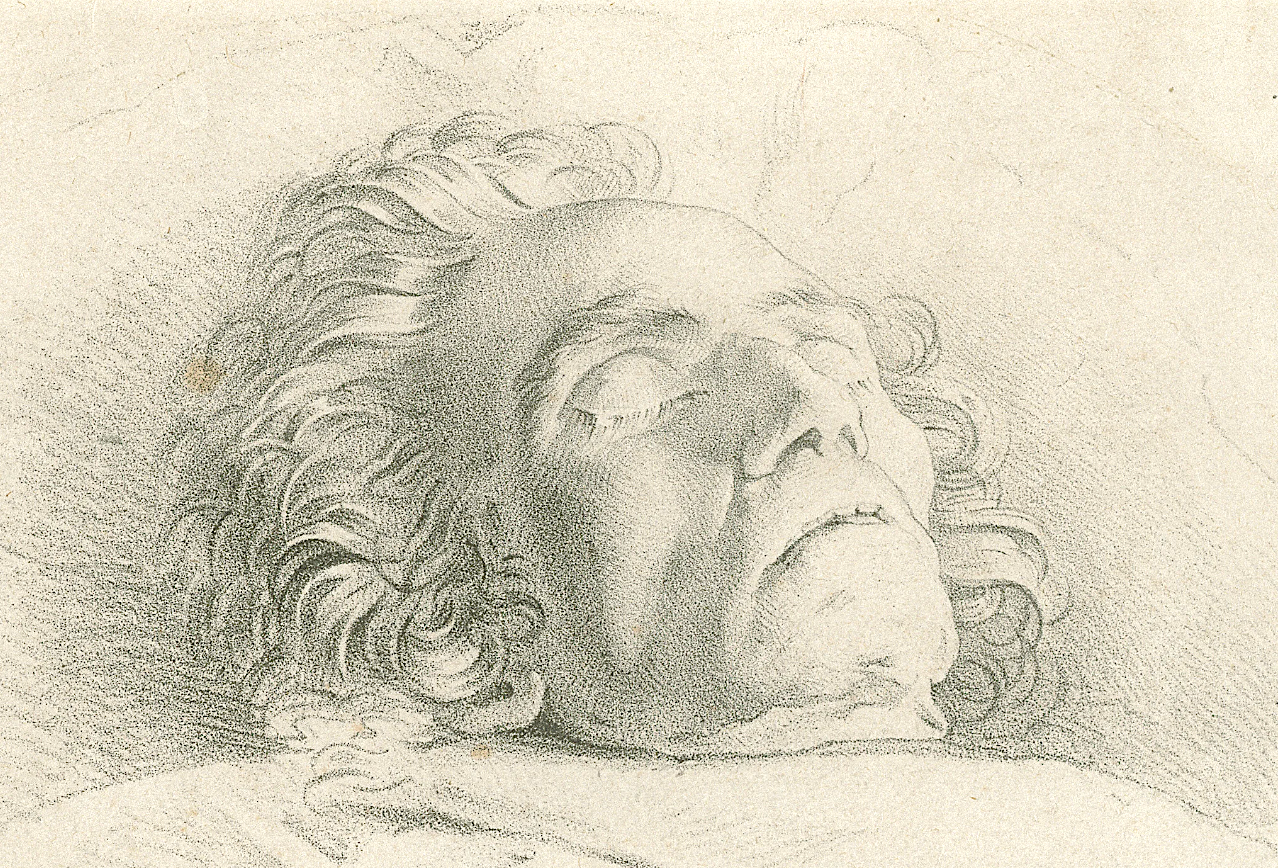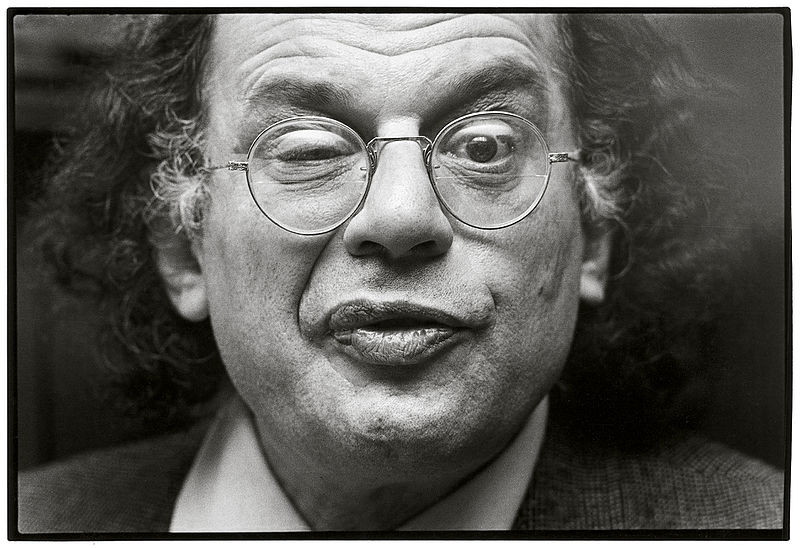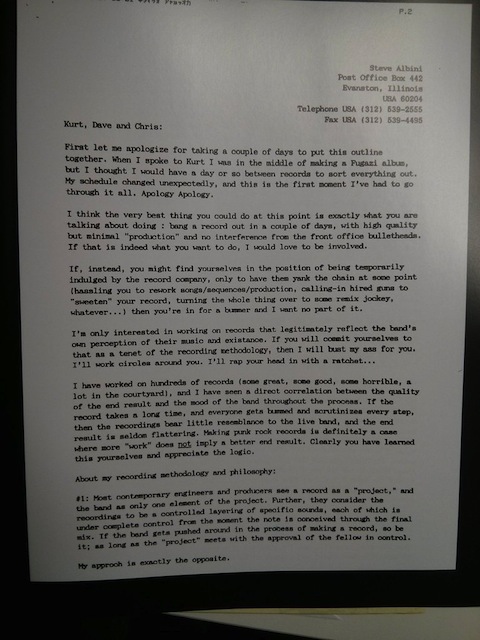When the Beatles upended popular music, thousands of wannabe beat groups were born all over the world, and many of them–for the first time ever, really–were all-female groups. This Amoeba Records article has a fairly exhaustive list of these girl bands, with names like The Daughters of Eve, The Freudian Slips, The Moppets, The Bombshells, and The What Four. Very few got past a few singles.
Instead, it would take until the 1970s for an all-female rock band to crack the charts. And no, it wasn’t the Runaways.
Formed in Sacramento by two Filipina sisters, Jean and June Millington, the group known as Fanny would be the first all-female band to release an album on a major label (their self-titled debut, on Reprise, 1970) and land four singles in the Billboard Hot 100–the title track from their 1971 album Charity Ball, a cover of Marvin Gaye’s “Ain’t That Peculiar” (as seen above), “I’ve Had It,” and finally “Butter Boy,” their highest chart success, at #29 in 1975. That last track was Jean Millington’s song about David Bowie, with whom she’d had a brief fling while touring the UK.
Born to a Filipina mother and a white American serviceman father, the two sisters found refuge in music when life at their Sacramento middle school was intimidating and racist. Rock music, however, was a way to make friends and find a support system. In their teens, they started a band called The Svelts, and watched as various other band members came and went due to marriage, or boyfriends who insisted they stop making music. The Millingtons didn’t stop, and having gained reliable band members in Addie Lee on guitar and Brie Brandt on drums, they followed their rhythm section to Los Angeles, changed the band name to Wild Honey, and wound up getting signed to Reprise after changing the name one more time to Fanny.
Though the man who signed them, Mo Ostin, considered them a novelty act, they were soon sent out on tour to open for groups like The Kinks and Humble Pie. They also backed Barbra Streisand on her Barbra Joan Streisand album, when the singer wanted a rockier sound.
In a 1999 Rolling Stone interview, David Bowie still sang their praises: “They were one of the finest fucking rock bands of their time, in about 1973. They were extraordinary: they wrote everything, they played like motherfuckers, they were just colossal and wonderful, and nobody’s ever mentioned them. They’re as important as anybody else who’s ever been, ever; it just wasn’t their time.”
After five albums and some personnel changes (including bringing in Patti Quatro, Suzi Quatro’s sister), the band called it quits. Jean would go on to marry Bowie’s guitarist Earl Slick; June came out as gay and later established the Institute for Musical Arts, which supported the women’s music movement.
Fanny dropped from rock consciousness, more or less, and are rarely brought up when pioneering women in rock are mentioned. June Millington still bristles about it, telling the Guardian, “All these women carved out their careers and I never once heard them mention Fanny…I looked. I waited. I read interviews. And I never saw it.”
They reunited in 2018 for an album, Fanny Walked the Earth, bringing back June, Jean, and Brie for a batch of politically charged songs and celebrity appearances by Runaways singer Cherie Currie, Kathy Valentine of the Go-Go’s and Susanna Hoffs and Vicki Peterson of the Bangles.
Rhino Records also rereleased their first four albums in a box set in 2002, for those who would like to investigate further.
Related Content:
New Web Project Immortalizes the Overlooked Women Who Helped Create Rock and Roll in the 1950s
Four Female Punk Bands That Changed Women’s Role in Rock
How Joan Jett Started the Runaways at 15 and Faced Down Every Barrier for Women in Rock and Roll
Chrissie Hynde’s 10 Pieces of Advice for “Chick Rockers” (1994)
Chrissie Hynde’s 10 Pieces of Advice for “Chick Rockers” (1994)
Ted Mills is a freelance writer on the arts who currently hosts the artist interview-based FunkZone Podcast and is the producer of KCRW’s Curious Coast. You can also follow him on Twitter at @tedmills, read his other arts writing at tedmills.com and/or watch his films here.




